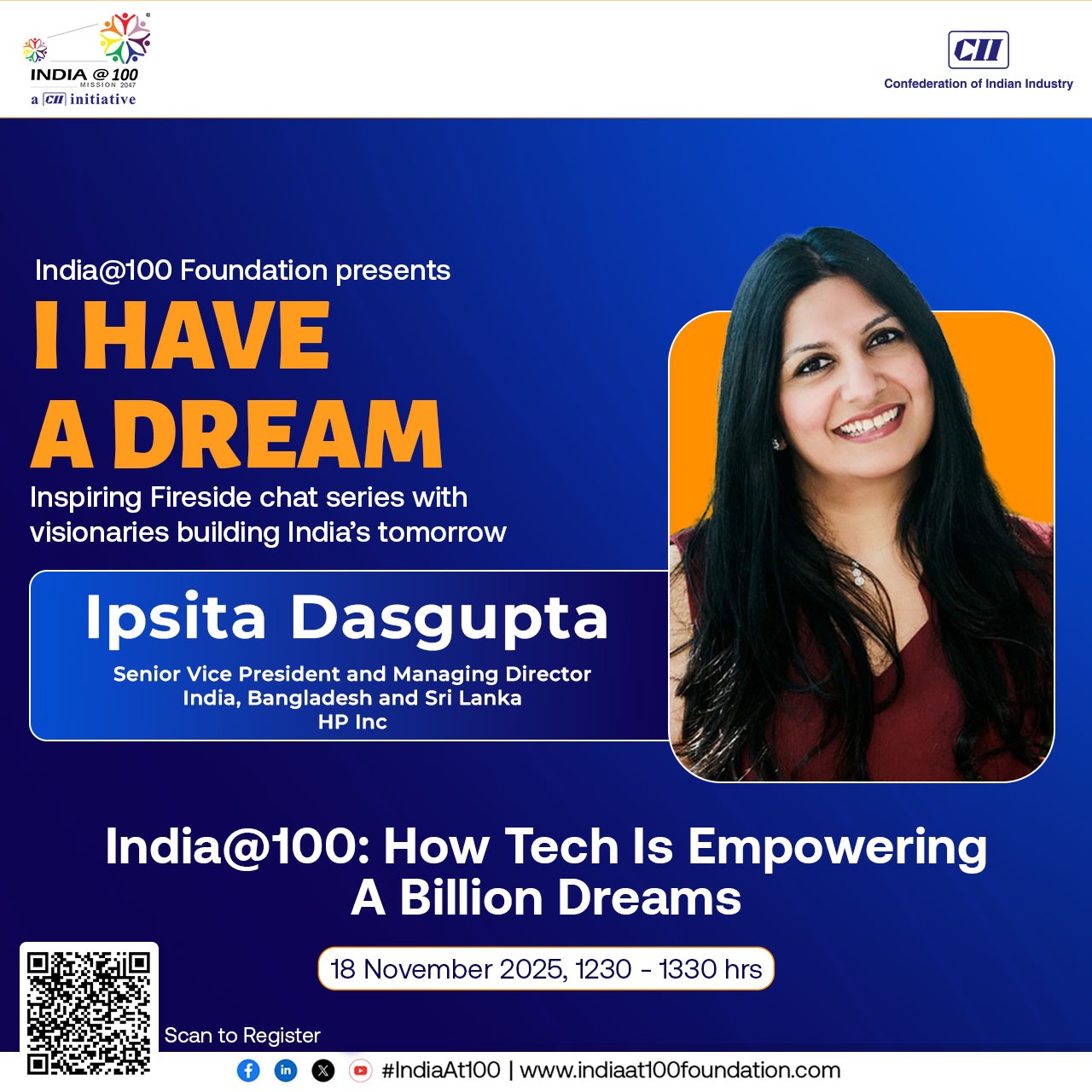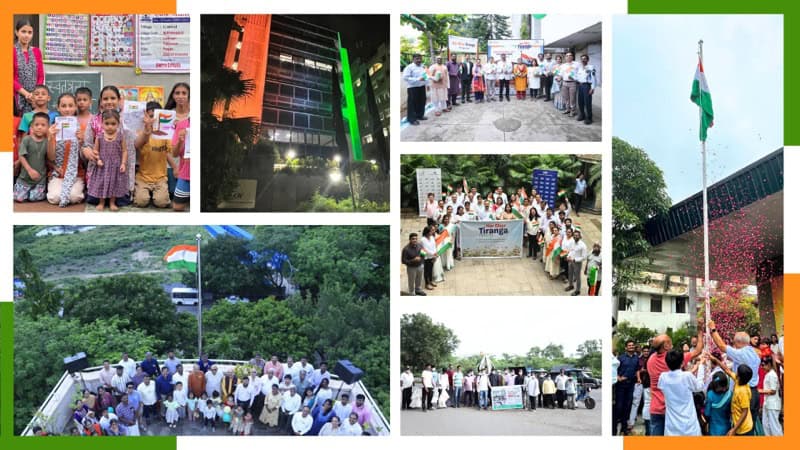Image credit: RAM Fashion Exports
— Shriyans Bhandari, CEO & Co-Founder GreenSole and Director, Heritage Girls School
How did the idea of GreenSole come about?
It started in 2015. Ramesh, the co-founder of GreenSole, and I are athletes. We used to discard a lot of sports shoes, and we knew that they would all go to landfills. There was no alternative because there was no other way of using these footwear.
We started thinking about how these shoes could be used in a better way. So we started upcycling them into footwear, and later on, when we started to receive CSR support, we expanded to materials and retail with a focus on sustainability.
I think it was only our personal problem that led us to think about this issue and come up with an innovative alternative. At that time, it was very new; people didn’t know much about recycling or upcycling. In fact, the idea is quite new, even today.
“By 2047, I would like to see India amongst the top 5 economies in the world – a fully developed country and a global leader. Everyone should want to visit it, have good relationship with it, and invest in it.”
What kind of challenges did you face while seeking support in the intial days?
We were in college when we started working on this idea. People were much more supportive, especially the athletes from our athletic group. They were able to give feedback on how to improve the product and secure funding.
The government had launched CSR initiatives at that time, which became a starting point for us. Corporates have a responsibility towards the community, and we were addressing waste management and environmental concerns, which piqued everyone’s interest.
This gave us a start; we obtained CSR funds, pooled in some money from our families, did some crowdfunding, and were able to start a small unit and receive a few grants to begin upcycling.
Our project gained a lot of media coverage due to the novelty of the idea. For a new enterprise, this media coverage provided a significant push. Without it, I believe it would have been difficult to advertise and attract attention. The media coverage really helped us move the idea forward.
How does GreenSole work?
We have different modes of operation. We have divisions for upcycling and recycling. Initially, we started with upcycling. Essentially, we take the old shoe as a template and have a process to convert it into useful products. For example, we take the old shoe and turn it into a slipper, or we use the material to create bags, mats, and other items. We receive a recycling fee from different companies like Adidas, Sketchers, and others for this service.
This is primarily our model. The particular aspect of this model is its social service component—all the products are donated to children in need across India. To date, we have supported around 600,000 children in need and prevented 600,000 pairs of footwear from ending up in landfills.
We’ve also ventured into recycling, where we use materials that cannot be upcycled entirely. About 15% of the material becomes waste. To address this, we incorporate materials like coffee and sugar cane plant fibres to create a new material. This material is then sold to different companies, who can then use it for various purposes.
Additionally, we have entered the retail sector. This allows customers to purchase sustainable products, not just beneficiaries. These three verticals constitute our business model: customer retail, materials, and upcycling solutions. We have participated in and won awards at events like the G20 event organised by the CIA Young Entrepreneurs Alliance, showcasing our success as a startup.
Do your recycling and retail businesses work differently from your upcycling business?
We used to seek support once because we were just getting established. But now both are separate. We are looking for investors in the retail space who can help us scale the materials and retail business. CSR is well-funded, and it’s doing quite well, regularly increasing the funders, and overall, it has gained credibility.
What are your views on supplementing the NGO and philanthropy model with social-tech startups and impact investors?
Both have an equal role to play. About $3 billion is being invested or donated through CSR every year. So it is getting well channeled. The government is also strict on FCRA and on the donors, and overall, the money is reaching the right places. The social sector is becoming more efficient in fund utilisation and helping the government reach its SDG and other goals.
25 years from now, what are the three or four things that you would like to see in India in terms of getting the environment back in order?
Every city has a dumpyard on its outskirts. There’s no proper recycling or any other sort of waste management system. We should have proper facilities, processes, and accountability. If we put a proper waste management system in place, a lot of things can be recovered and reutilized. This, in turn, can make us more independent. We can reduce our imports, create jobs, and have a greener environment.
Recycling should be taken up; nothing should be just dumped. Everything has to have a second use and has to be put back in the system.
We should also be measuring carbon emissions per user. This is basically: if one is throwing this much waste, one should be penalised or incentivized, depending on whether it’s above or below a certain level. Carbon emissions could also be a part of the corporate balance sheet.
A lot can be done in the space of skilling in the waste management sector. It will create jobs and have a positive effect on the economy. We have a workforce that will be young until 2050; it’s time for them to use it in productive ways. The EU is leading the way in this space. So it’s not something that can’t be done.
What would be the two or three areas that the civil society and corporates can collaborate on, to bring about tangible changes in the short term ?
I think there is a new usage of chemicals that is causing a lot of health problems, especially at the bottom of the pyramid. This can be looked at urgently by both the industry and civil society. They should also be looking at livelihood options to stop rural-urban migration. Ultimately, it’s more about having more money in the hands of the people in the lower classes. We need to figure out innovative ways to do so.
What’s your vision for India@100?
Every country or region has its time on the world stage. US, USSR, and then Russia, Europe, and the Middle East—their peaks are behind them. It is now time for countries like India and China, but more specifically India. By 2047, I would like to see India among the top 5 economies in the world—a fully developed country and a global leader. Everyone should want to visit it, have a good relationship with it, and want to invest in it.





